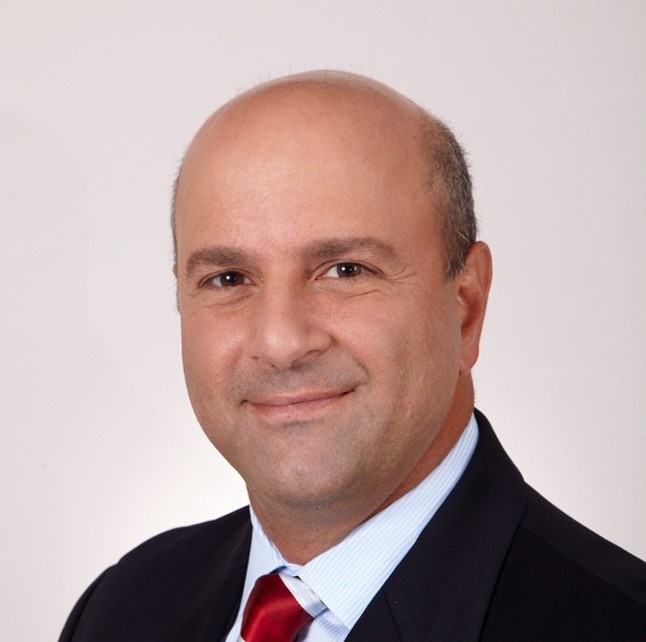When Dallas-based Tenet Healthcare Corp. announced a joint venture in March 2015 with United Surgical Partners International, it created the largest single ASC operator in the U.S. What’s more, with 250-plus outpatient surgical facilities and 20 imaging centers, once fully integrated, the combined entity — and its patients — will likely benefit from its unprecedented scale, business relationships, and terabytes of new data.
It’s also the most prominent sign yet of where our industry is heading. In the coming months, expect to see other health systems form strategic ASC partnerships in an attempt to gain market share and recruit top talent while improving margins, patient satisfaction, and clinical outcomes. Recent public policy changes are also playing a role in the surgery center boom. A provision in the 2015 budget deal signed by President Barack Obama in November removed an incentive for providers to acquire off-campus ASCs — that is, those located more than 250 yards from the provider’s main buildings — and convert them into hospital outpatient departments, which are reimbursed at a higher rate than ASCs.
Facilities acquired before Nov. 2, 2015, are exempt from these new regulations, which took effect Jan. 1, 2017.
With few benefits for ASC-to-HOPD conversions remaining, hospital leaders are turning to the ASC joint venture model to address many of the industry’s most vexing clinical, operational and financial challenges. Coincidentally, there’s no shortage of potential ASC acquisitions in many markets across the country: Of the approximately 5,500 ASCs in the U.S., about 60 percent are still independent.
While ASCs are important strategically for hospitals and health systems, it’s important for hospitals and health systems to recognize that ASCs are distinct enterprises, and must be assessed using performance metrics specific to surgery centers. While seemingly similar on many clinical levels, ASCs and hospitals are often different in many important ways. For example, hospitals are typically large, high-volume 24-hour institutions that serve wide geographic areas, provide on-demand critical care services and employ hundreds of people. Meanwhile, an ASC may only operate on a part-time basis, utilize per-diem staff and specialize in only one procedure.
In this second installment of the two-part series, hospital leaders will learn about the performance metrics used to assess an ASC’s financial and operational health and why this is so important in today’s rapidly changing healthcare industry.
The following operational and financial benchmarks are recommended for ASCs, as they provide the exact actionable intelligence necessary to run a successful facility:
- Net revenue per case
- Total clinical hours per case
- Medical supply costs per case
- Inventory turnover
- Total cases per number of operating rooms
- Net collection ratio
- Point of service cash collections
- Days to bill
- Days to pay, by payer
- Denial rate
- Appeal success rate
- CPTs by case
- Days in AR
- Bad debt write-off percent
Understanding these performance metrics allows hospital administrators to meet head-on two of the most difficult challenges the industry faces today: the consumerization of healthcare and the transition to value-based care. In addition to offering providers and hospital leaders a solution with considerable clinical and financial advantages, ASCs are increasingly popular among patients, who studies show prefer the lower costs and faster turnaround times associated with surgery centers.
In a 2015 growth forecast report, Skokie, Ill.-based healthcare consulting firm Sg2 predicted a 19 percent increase in outpatient procedure volume by 2025, while inpatient volume is expected to dip by 4 percent. Sg2 attributes “payment models, payment penalties and expanded imperatives for quality outcomes” as primary reasons for this industrywide shift toward outpatient care. In its findings, the firm also emphasized the ability of ASCs to deliver patient-centered medical services in a highly efficient, transparent and accessible manner.
The improved efficiency, case costing and quality associated with ASC-based care will also play a key role in helping hospitals transition from the fee-for-service model. According to a recent Ernst & Young report, 20 percent of CMS payments in 2014 were linked to a value-based model of reimbursement. By 2018, that number is projected to rise to 50 percent — and with it, a heightened importance of fully understanding the cost of every stitch, bandage and hour of labor. Without the right ASC-specific KPIs, however, hospital decisionmakers will be unable to make strategic decisions that can reduce costs, improve clinical results and optimize revenue.
Written by Nader Samii, CEO, National Medical Billing Services
Source: Becker’s Healthcare
This post was first published June 22, 2016 and was updated July 29, 2020.

